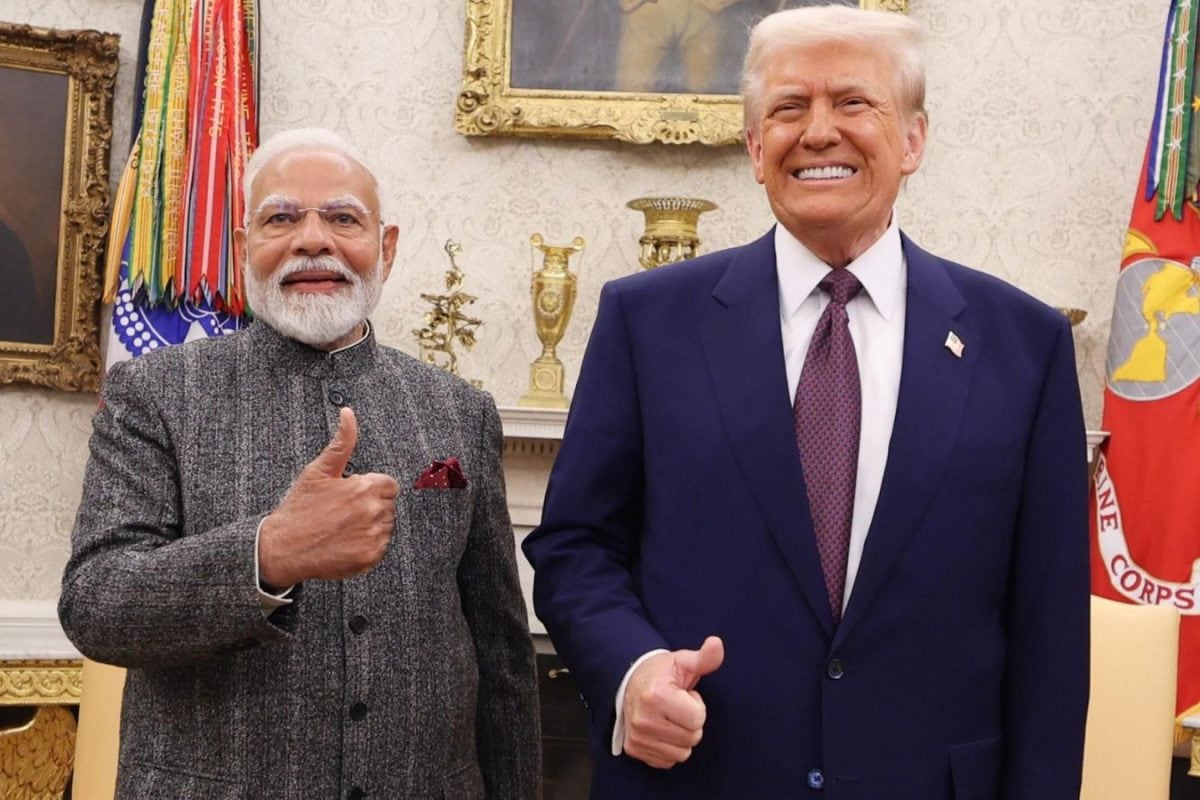

As the clock ticks down to U.S. President Donald Trump's July 9th tariff deadline, India and the United States are on the cusp of finalizing a "mini" trade deal, potentially within the next 48 hours. This development follows intense negotiations and strategic maneuvering by New Delhi to protect its interests amidst the backdrop of Trump-era tariffs.
The seeds of the current trade discussions were sown earlier this year, with both nations expressing a desire to strengthen their economic partnership. In February 2025, India and the U.S. embarked on negotiations for a comprehensive Bilateral Trade Agreement (BTA), with the initial phase slated for completion around September or October. As a stepping stone, both sides focused on securing a limited, short-term trade deal.
However, the path to a trade agreement has not been without its challenges. In April, the U.S. announced an additional 26% tariff on Indian goods, a move that was temporarily suspended for 90 days. Nevertheless, a standard 10% tariff on Indian products remained in effect. India has been firm in its demand for a complete removal of the 26% duty, cautioning that its re-imposition could occur if a deal is not reached in time.
Throughout the negotiation process, India has adopted a resolute stance, prioritizing its national interests and safeguarding sensitive sectors. Commerce Minister Piyush Goyal emphasized that India would only sign an agreement that is fully prepared and aligned with the country's objectives, rather than rushing to meet deadlines. India has made it clear that it will not reduce import duties on American farm and dairy products, deeming them as sensitive sectors. This position aligns with India's historical approach of protecting its dairy industry in trade agreements. Simultaneously, India has sought improved access to the U.S. market for its products, particularly in labor-intensive sectors such as textiles and leather.
As negotiations progressed, reports suggest that a "mini" trade deal is nearing completion, potentially excluding contentious issues like agriculture and dairy for future discussion. The agreement is expected to primarily address trade in goods, with both countries potentially pursuing additional agreements as other matters are resolved. If the deal is approved, it would signify a step forward in trade relations between the two countries.
The United States has been India's largest trading partner since 2021-22, with bilateral trade reaching $131.84 billion in 2024-25, including $86.51 billion in exports and $45.33 billion in imports, resulting in a trade surplus of $41.18 billion for India. The U.S. is a significant market for Indian enterprises, especially in sectors like professional, scientific, and technical services, manufacturing, and information technology.
With the July 9th deadline looming, the onus is now on the United States to respond to India's final offer. Sources indicate that an interim trade deal could be announced before the deadline if matters are resolved. However, if negotiations falter, the 26% tariffs could be reinstated. Despite the uncertainties, both nations appear committed to finding common ground and unlocking the full potential of their economic partnership.